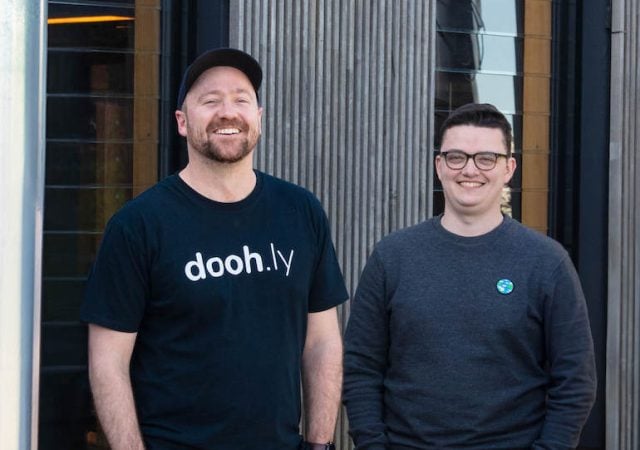In 2006, the Victorian State Government ran a program called Business Continuity. The program addressed the devastating impacts a 10-year drought was having on hundreds of small businesses in regional communities.
Businesses undertook a SWOT analysis, were reviewed against their strategy, financials, and then given a plan to help generate cashflow.
A year later, the unique challenges facing these businesses was revealed. Most alarming was that the small business owners themselves operated like they had a job, not a business.
Many worked for less than the minimum wage, electing to pay suppliers, landlords and banks ahead of themselves. Most worked extraordinarily long hours and were emotionally drained and mentally ‘over’ their business. Yet this is still as common today as it was then, in small businesses, in all suburbs, regions, and cities throughout Australia and New Zealand.
Small business owners are often trapped in a vicious cashflow cycle, in too much debt to exit the business, but barely making enough money to pay the bills.
They are working at full bore and red-lining for extended periods of time. Business owners must allocate time to working on their business as well as in it to make it sustainable.
Are you at key-person risk?
Creating a scalable business means making sure that no individual element(s) of the business are dependent on one person – especially the business owner.
The more key-person risks the business has, the more likely it is that something will go wrong and impact the commercial viability and/or continuity of the business.
This risk may also involve a whole range of people with mission-critical roles.
Should they leave the business, this will have catastrophic consequences and represent what engineers call a single point of failure.
Consultants are fond of asking, ‘How would the business fare if the key person in the business were hit by a bus?’ Interestingly, most entrepreneurs and business owners are more than happy to play the odds that this will never happen. They keep soldiering on thinking that’s what running a small business is all about – not true!
Seeing your business like it’s a big business now, with a view to “making yourself redundant”, is the key to your long-term success.
“See you in 6 months”
The concept of systems thinking was first introduced through Michael Gerber’s book The E-Myth Revisited, Why Most Small Business Don’t Work and What to Do About It.
Gerber walks the reader through several small business case studies where entrepreneurs have been able to create repeatable, scalable operating processes and procedures that have freed them to grow their businesses or do work inside their businesses that they truly love.
This process has been life changing for millions of business owners and inspired thousands around the world.
Gerber famously said the test of whether you have a small business, or a job with a small business that is operated by business systems, is that you should be able to pick up the phone, ring work and say, ‘Hi it’s me, see you in six months.’
To execute on this, you need to develop capability away from the key people in the organisation and capture process and policy in the business system. SMEs have never had greater access to extraordinary computing and software systems than they have today that can help.
Document and systemise everything
The laborious work of documenting and cataloguing is often foreign to the small business owner, and historically it is work that is not valued when compared with technical and highly operational tasks.
Yet if you don’t take the time to capture your point of difference in a documented system of ‘how we do things around here’, it is unlikely that your competitive advantage can be sustained or replicated.
It is only by working on the business and capturing your competitive advantage in a business system that enables easy access to key information, creates consistent outcomes and builds capacity in our businesses. The secret to documenting and recording a business system that allows you to identify those processes that have the biggest impact on how the business operates and rely most on the small business owner. Allocate periods to focus on these big rocks and, one by one, create the systems that will build capacity.
Building systems one on top of the other (stacking) will create a library of intellectual property your people can use to understand key tasks.
This will build fundamental capabilities that will, over time, free you from many of the daily operations and enable you to one day pick up the phone and say, ‘Hi it’s me … see you in six months.’
Sounds pretty good, right?
- Chris Green, is a business strategist, author, mentor and facilitator with more than 20 years of experience helping regional businesses.




















Trending
Daily startup news and insights, delivered to your inbox.